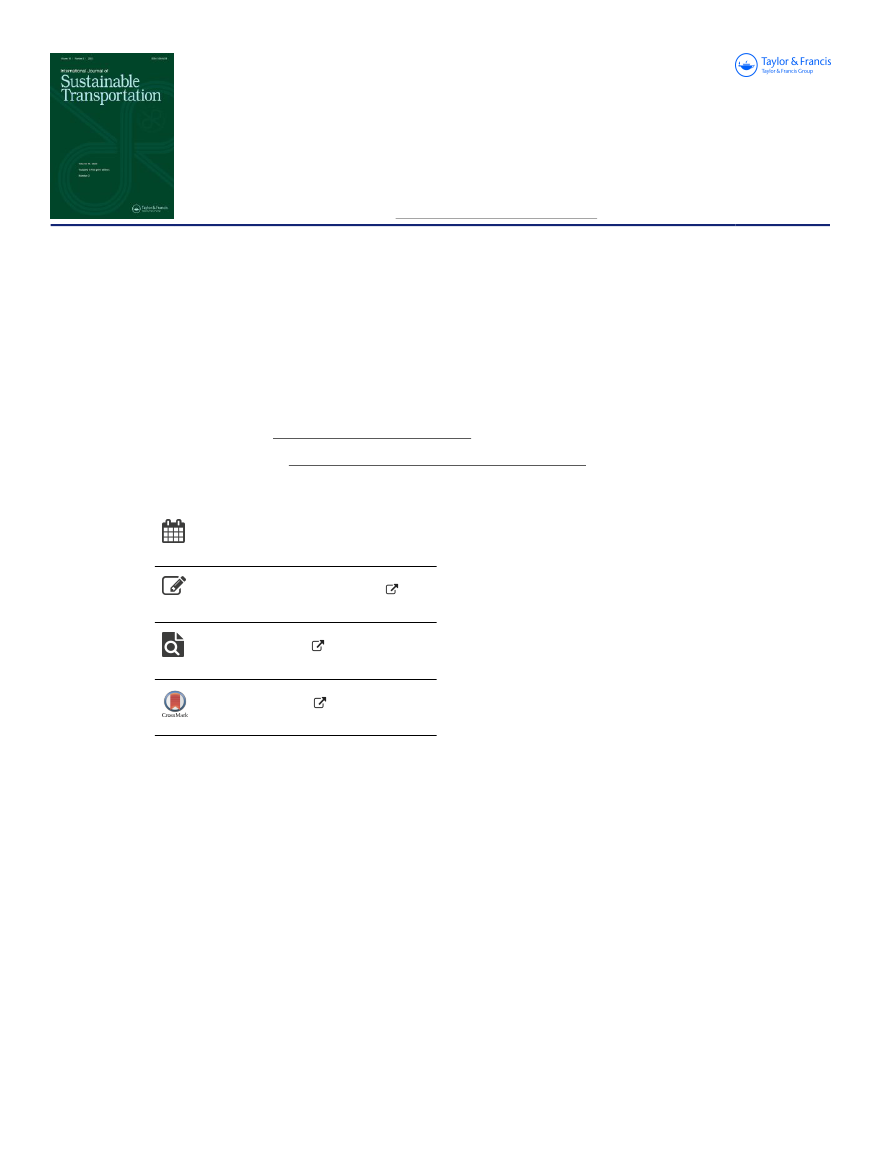
International Journal of Sustainable Transportation
ISSN: (Print) (Online) Journal homepage: https://www.tandfonline.com/loi/ujst20
Developing a sustainable energy strategy for
Midtjyllands Airport, Denmark
Patrick Bujok, Frans Bjørn-Thygesen & George Xydis
To cite this article:
Patrick Bujok, Frans Bjørn-Thygesen & George Xydis (2022): Developing a
sustainable energy strategy for Midtjyllands Airport, Denmark, International Journal of Sustainable
Transportation, DOI: 10.1080/15568318.2022.2029632
To link to this article:
https://doi.org/10.1080/15568318.2022.2029632
Published online: 07 Feb 2022.
Submit your article to this journal
View related articles
View Crossmark data
Full Terms & Conditions of access and use can be found at
https://www.tandfonline.com/action/journalInformation?journalCode=ujst20